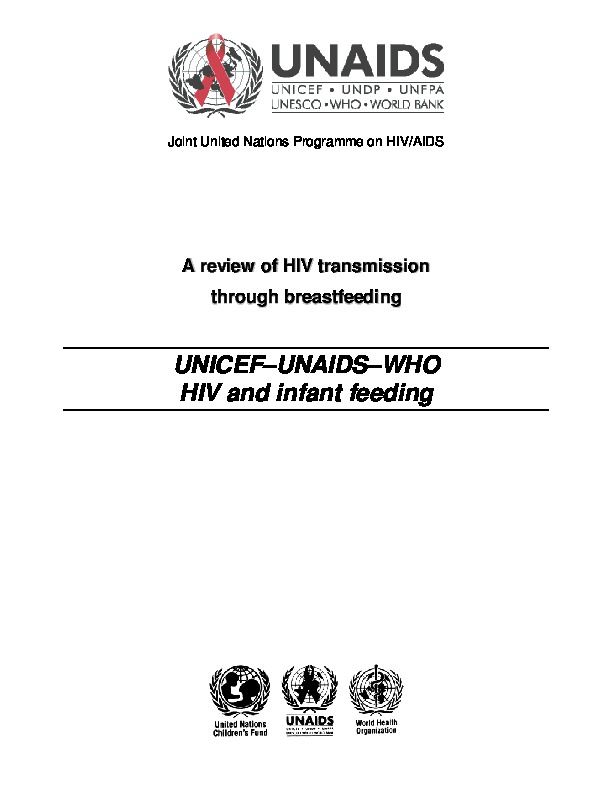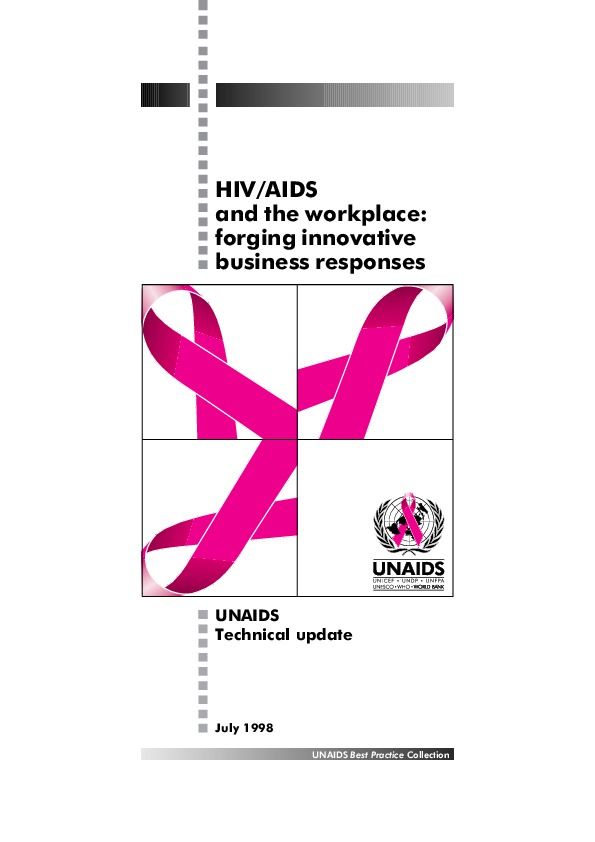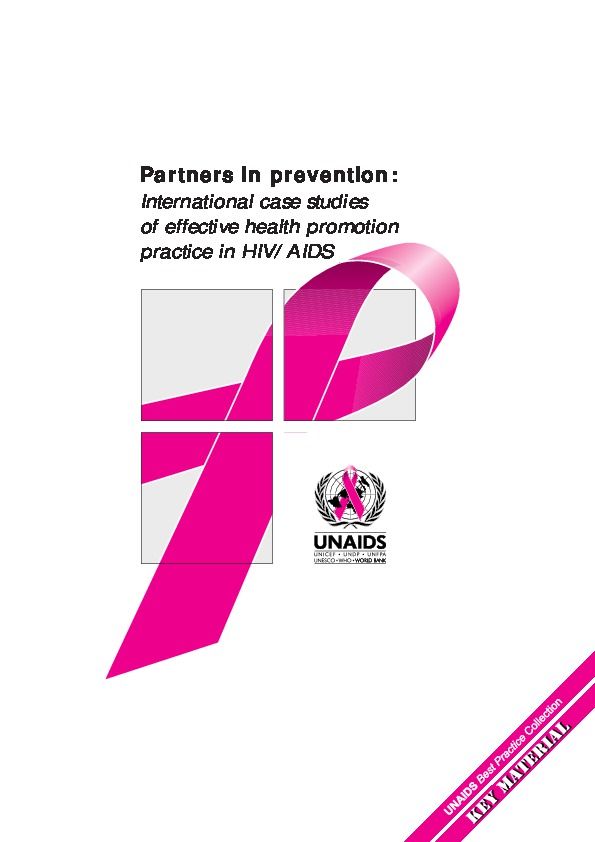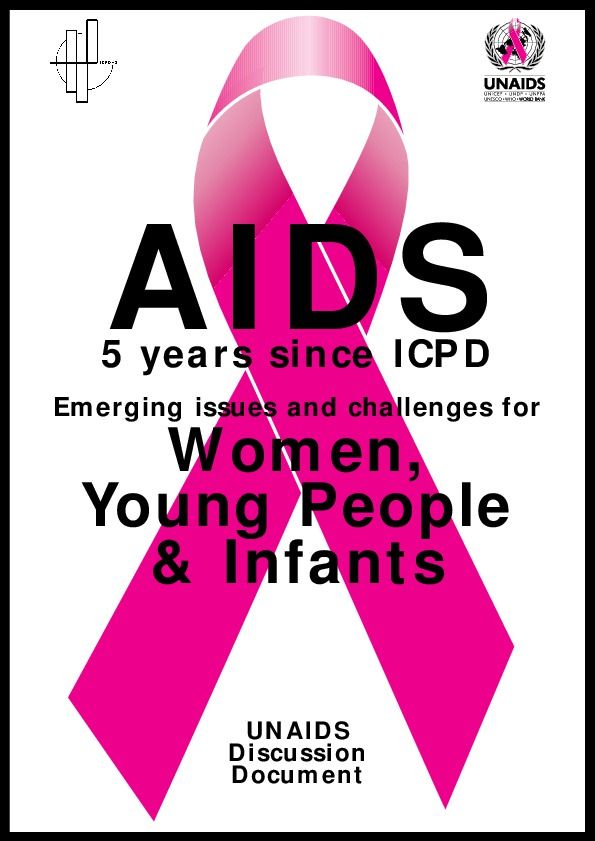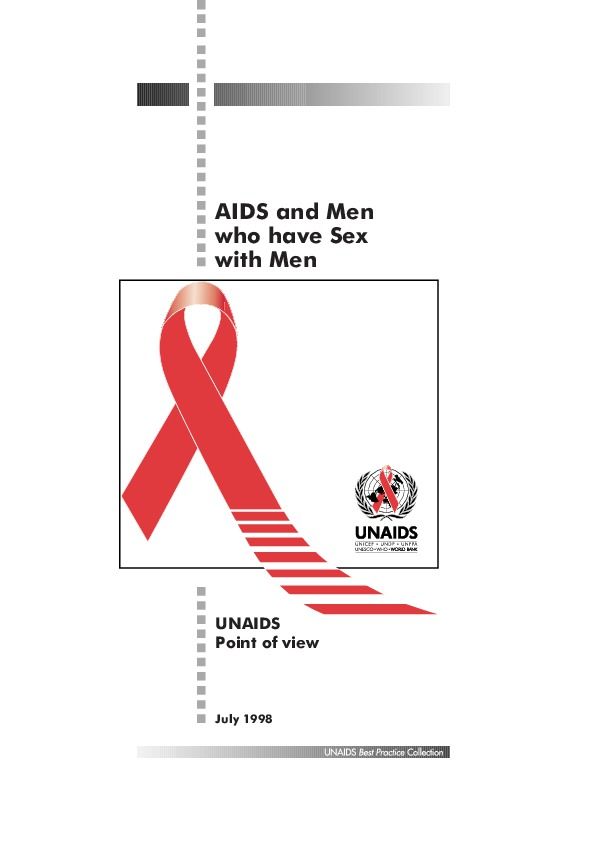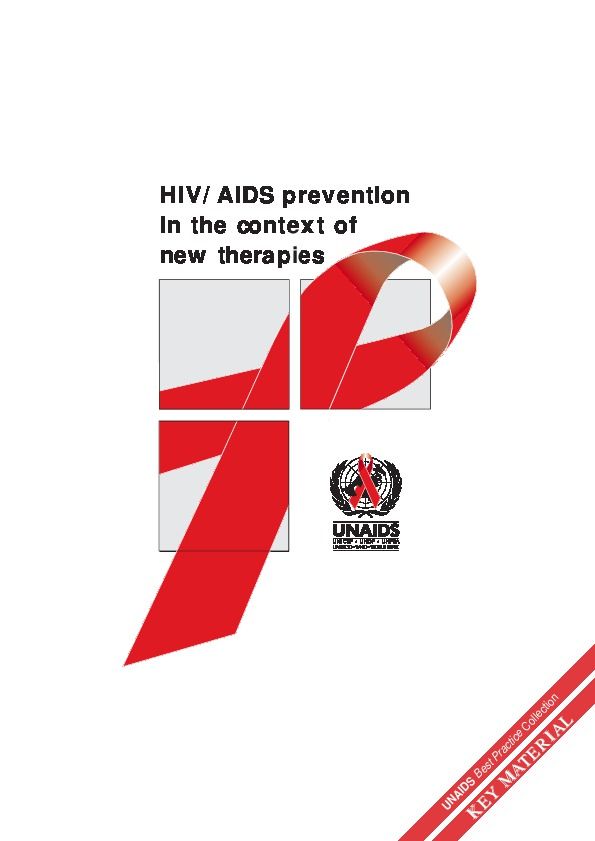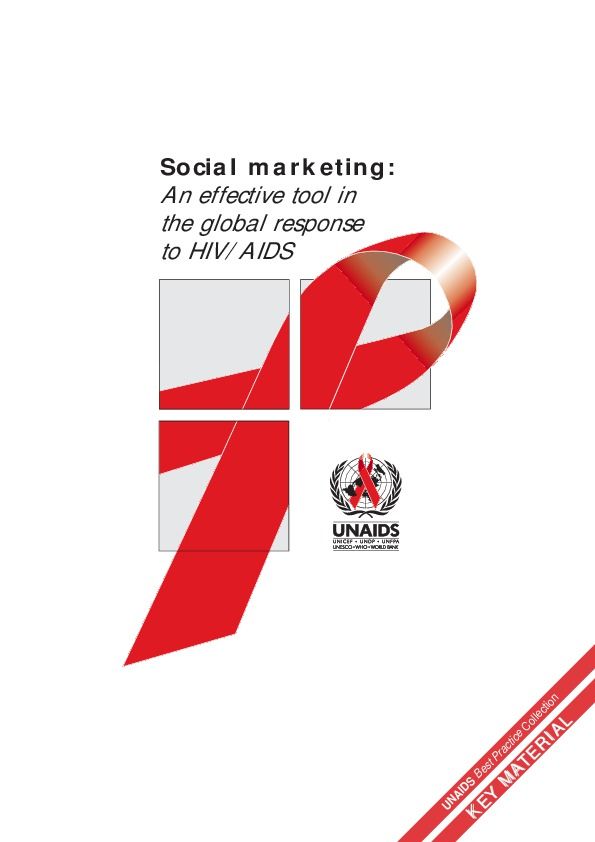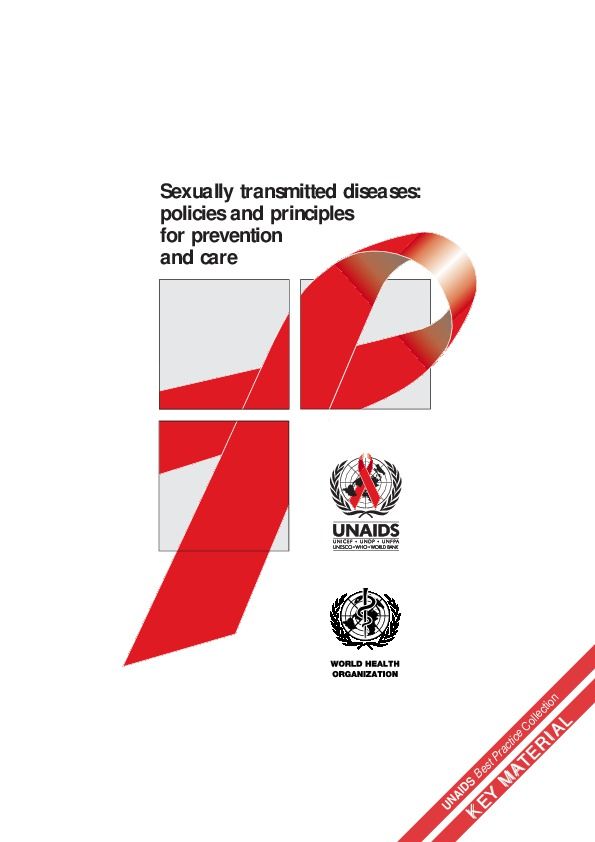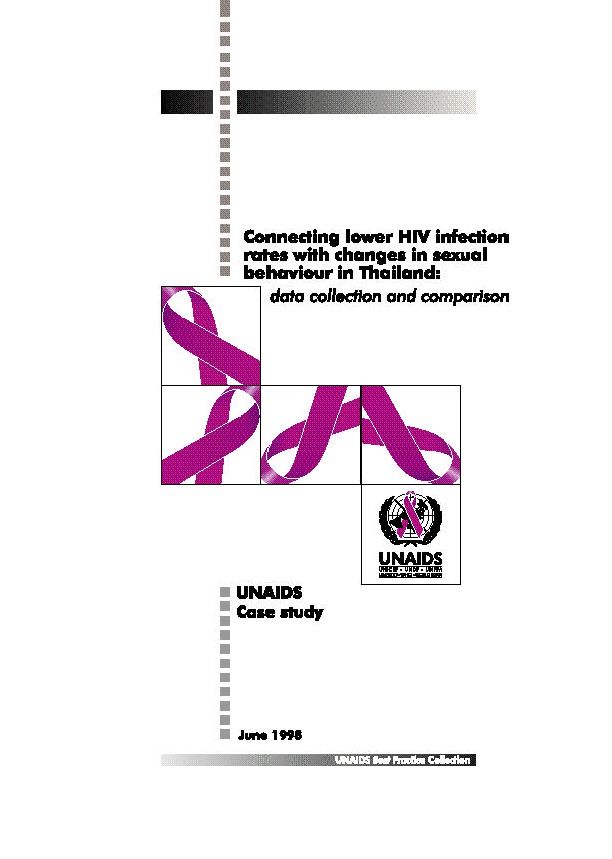Documents
HIV/AIDS and the workplace : forging innovative business responses
03 February 1999
Businesses worldwide are increasingly recognizing that HIV/AIDS can affect productivity and profitability. In fact, South Africa estimates that, if the current trend continues, the epidemic will cost the country 1% of GDP each year by the year 2005. A growing number of companies, in countries such as Brazil and South Africa, have formed business coalitions to help each other deal with the crises in their workplaces and communities. Businesses face enormous challenges in responding to HIV/AIDS. This technical update discusses these challenges, which include obtaining and sustaining management commitment, and supporting staff with HIV/AIDS. It also documents the necessary steps for an effective HIV/AIDS workplace programme, and provides successful examples of such initiatives, such as the Botswana Meat Commission’s HIV/AIDS programme.
Documents
Partners in prevention: International case studies of effective health promotion practice in HIV/AIDS
04 February 1999
Documents
Emerging Issues for women, young people and infants
16 February 1999
This report will discuss what makes women, babies and young people specially vulnerable to HIV, and describe the strategies that have been developed to meet their needs, the work going on at present, and the future challenges. And drawing lessons from experience and examples from the field, it will identify successful approaches to HIV prevention.
Documents
AIDS and men who have sex with men
19 February 1999
Sex between men occurs virtually in most societies. It is often stigmatized by society, and its public visibility, therefore, varies considerably from one country to another. Sex between men often involves anal intercourse, which carries a high risk of HIV transmission. Good HIV programmes addressing men who have sex with men (MSM) are thus vitally important, though up to now they have often been seriously neglected.
Documents
Gender and HIV/AIDS: Taking stock of research and programmes
23 March 1999
This review examines research on gender as it relates to women’s and men’s different vulnerabilities to HIV infection, and their different abilities to access resources for care and support in order to cope with the impact of the epidemic. The paper also reviews programmatic responses that have sought to address gender-specific concerns and constraints in an attempt to contain the pandemic and alleviate its impact.
Documents
Sexually transmitted diseases:policies and principles for prevention and care
19 May 1999
The objective of this document is to outline the policies and principles for the prevention and care of sexually transmitted disease (STD) to assist Ministry of Health officials who have the responsibility of developing and implementing STD programmes. Although the document is not intended to be a detailed description of activities that may be used in implementation, some areas have been amplified in annexes to serve as models that can be adapted to suit local situations.
Documents
Connecting lower HIV infection rates with changes in sexual behavious in Thailand: Data collection and comparison
02 June 1999
This case study is a UNAIDS Best Practice because it demonstrates an approach to the collection and use of epidemiological and behavioral data that has been fruitful in making a persuasive case for the connection between decreased HIV infection rates and the adoption of safer behaviors’ on the part of individuals.

